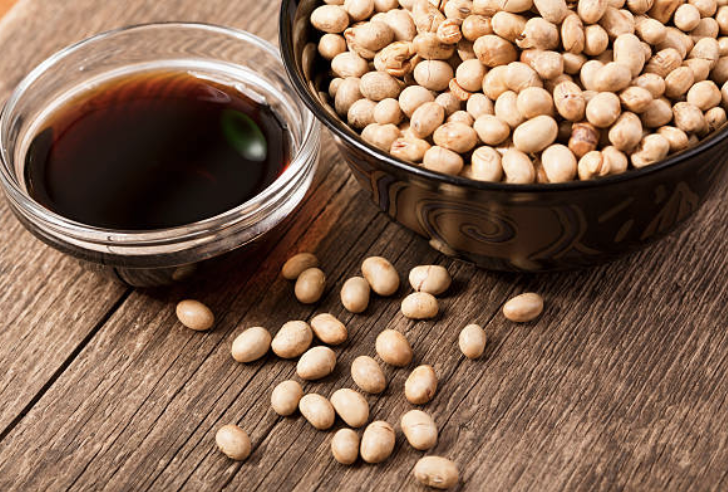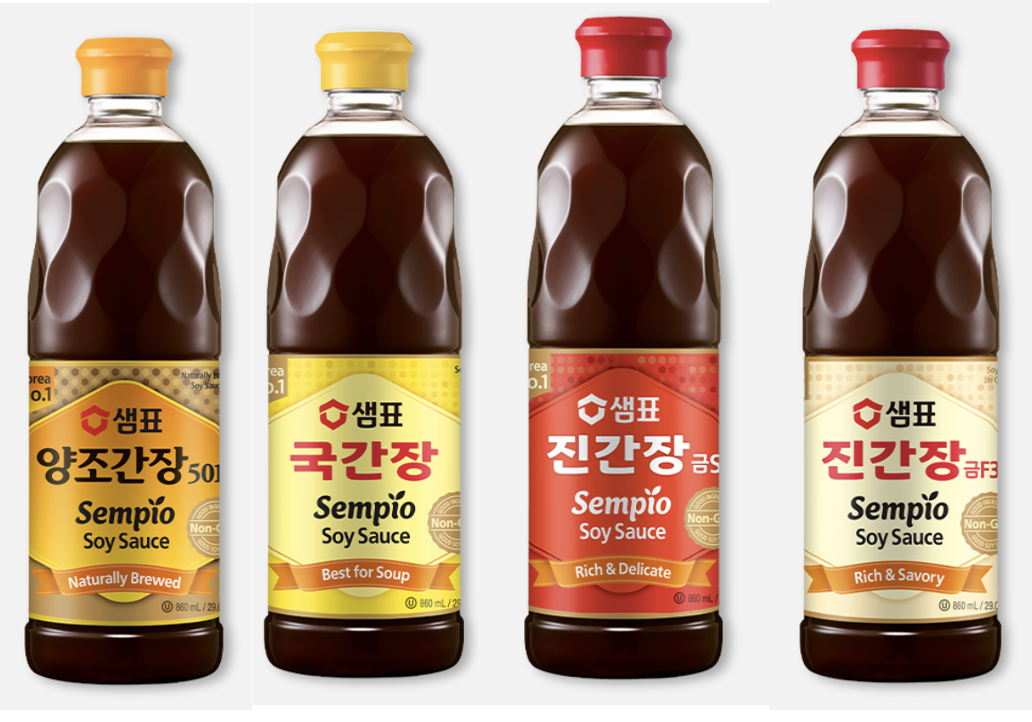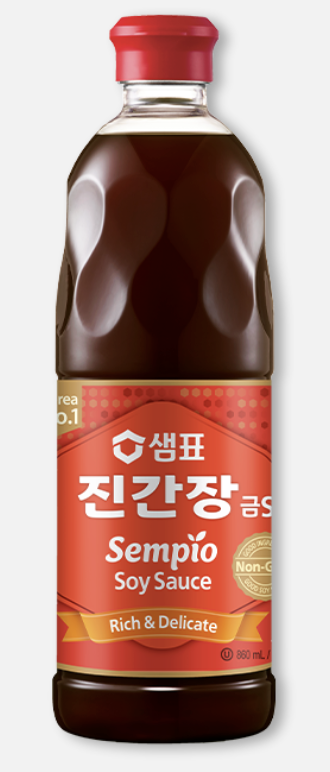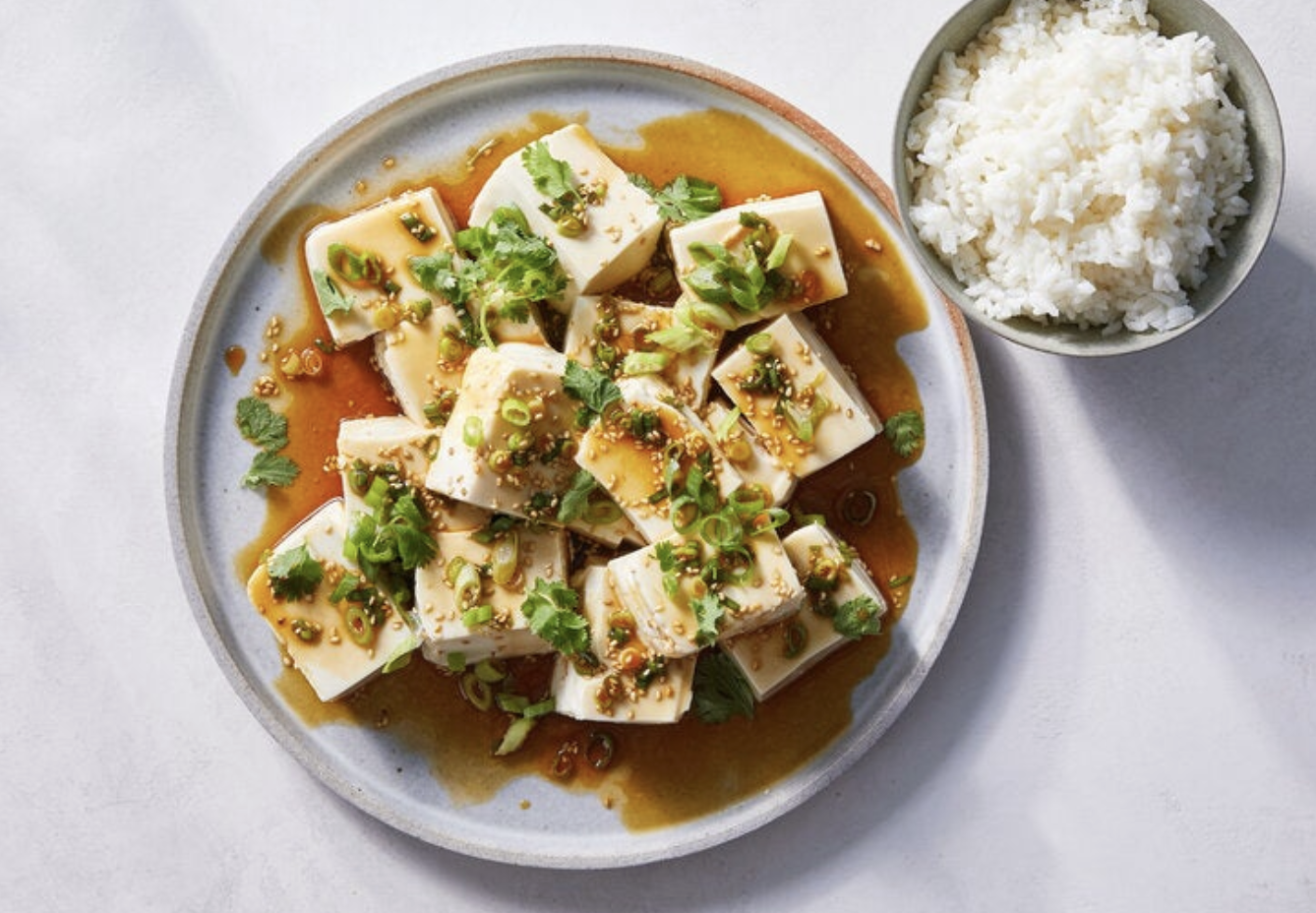Soy Sauce – Foundational Ingredient in Asian Cooking
By Chef David
Cooking kosher Asian cuisine sometimes requires decoding the ingredients to find a suitable kosher substitute. Fortunately, most staples are readily available, in stores and online. It can be helpful to understand the regional differences between Korean, Japanese, and Chinese taste profiles. To the inexperienced palate the term Asian can be all-encompassing, exciting, and exotic. But, as you explore more, the difference between the regions becomes more pronounced, especially with staples like soy sauce.
Soy Sauce
Soy sauce is the Asian equivalent of salt and a universal constant in Asian cuisine. The formulation differs by country with each variation having a specific use. The higher-quality soy sauces have been aged longer and have a richer flavor best used for finishing or dipping. Lower-quality soy sauces tend to be saltier and are used as an ingredient when cooking. To the untrained palate, there is little difference between the brands and types besides the cost. But, like fine wine, if you take the time to experiment and become familiar with the tastes, the differences become clear.
How Soy Sauce is Made
Soy sauce has been traced to the Western Han Dynasty in China, over 2,500 years ago. It is a byproduct of fermented soybeans that have been mixed with brine.
The process of manufacturing soy sauce begins by cooking soybeans, often mixed with roasted wheat, which is inoculated with Apergillus mold. After about three days, the culture is combined with salt and water. Then it is transferred to large vats where lactobacillus—a bacteria that breaks down sugars into lactic acid—is added. The mixture is left to ferment for anywhere from six months (for standard supermarket brands) to several years for top-quality bottles. Once fermented, the mixture is strained and the liquid is typically pasteurized, bottled, and sold.
Traditionally, Chinese soy sauce only contains soybeans. The process was modified by the Japanese changing the recipe to include an even ratio of soybeans and wheat. This produces a soy sauce with a sweeter flavor profile.
The naming convention can complicate matters; Japanese Dark Soy Sauce is equivalent to Chinese Light Soy Sauce.
Japanese Soy Sauces:
- Koikuchi Shoyu (Dark Soy Sauce) is mildly salty and dark in color. It is a multipurpose sauce used for cooking and raw applications.
- Usukuchi Shoyu (Light Soy Sauce) is lighter and thinner. It is saltier with a slight sweetness and acidity, from additives like mirin (a sweet rice wine), corn syrup, and vinegar. It is multipurpose, used for cooking and seasoning.
- Tamari (referred to as tamari shoyu) is a gluten-free shoyu alternative. Tamari, a byproduct of miso production, is made from the liquid that runs off when pressing miso. Tamari is fermented soybeans, this gives it a stronger flavor and slightly thicker texture, with hints of caramel.
- Shiro Shoyu (White Soy Sauce) is brewed with more wheat. It has a lighter color and mild flavor which is refined, and slightly sweet. It is typically used as a dipping sauce.
- Saishikomi Shoyu (Twice-Brewed Soy Sauce) Is a sweet, thick sauce used as either a dipping sauce or a finishing seasoning. It is made in the same way as koikuchi shoyu, but instead of salt water, it is combined with already-brewed soy sauce.
Chinese Soy Sauces
- Light (Thin) Soy Sauce – This general-purpose sauce is used for cooking and seasoning. In Cantonese cuisine, light soy sauce is made from the first pressing of fermented soybeans, also called ‘fresh’ or ‘pure bean’, or ‘thin’. It tends to be more expensive than dark soy sauce.
- Dark Soy Sauce – Dark soy sauce is darker in color and less salty. It has a richer, sweeter flavor due to a longer aging period, and contains added sugar or molasses.
Korean Soy Sauces
Korean soy sauces are made slightly differently. The process begins with pressed blocks of boiled soybeans inoculated using rice straw. The blocks are submerged in brine and remain there for a few months. Then the solids are strained out and fermented separately from the liquid, producing doenjang, a fermented soybean paste. The liquid, ganjang, becomes soy sauce.
Quality is measured by the amount of Total Nitrogen (TN) in the soy sauce. A higher TN indicates higher quality. The TN ranges from 1-1.8%. Average grade soy sauce is 1%; Premium is 1.3% and Super Premium is 1.5 – 1.8%.
Most of the lower-quality soy sauce we consume is chemical soy, which is made by hydrolyzing soy protein and combining it with other flavorings. The flavor profile of chemically produced soy sauce is different from soy sauce which is made with fermented soybeans. There are advantages to chemically produced soy sauce. They are significantly less expensive, can be produced in days rather than months, and will not degrade over time.
Sempio – Korean Soy Sauce
Sempio is the best-selling soy sauce in Korea with a 60% market share of the Korean soy sauce industry. Sempio produces several kosher offerings certified by the OU. Note: not all their varieties are kosher.
Sempio founded in 1946, is Korea’s oldest soy sauce brand.
Naturally Brewed Soy Sauce 501, Jin Ganjang has a deep soy flavor. It is used for cooking foods and dipping. This naturally brewed soy sauce has been slowly and properly fermented for 6 months through a 5-step fermentation process that uses yeast and lactic acid bacteria. It is made in the Japanese style, with the addition of wheat. [ingredients include – water, defatted soybeans, wheat, salt, high fructose corn syrup, alcohol, yeast extract, licorice extract, sucralose] – 1.5% TN (Super Premium)
Jin S, Jin Gold S, and Jin Gold F3 These blended soy sauces are used to add a hearty, savory flavor to food. Considered to be average with a 1.0% TN content, these sauces are 70% chemical soy sauce.
Soy Sauce for Soup caters to consumers specifically looking for a less expensive soy sauce. It is traditionally used for soups. It has a light color and an extra salty flavor. It is 80% chemical soy sauce.
Sempio soy sauce can be found in H-Mart or purchased on Amazon.
Enjoy exploring the wide range of soy sauces. Each has a specific, defined use and taste. I found that understanding the spectrum of soy sauce adds a level of a new level of precision to preparing Asian dishes. In some dishes, the distinction is imperceptible, while for other dishes it makes the flavors more vibrant. By understanding the subtle differences I can create the desired flavor profile for each dish like this untraditional Asian-Inspired Meatball Recipe.
Silken Tofu With Spicy Soy Dressing (adapted from the NY Times)
Ingredients:
- ¼ cup Sempio 510 soy sauce
- 1 tablespoon rice vinegar [we used Eden Foods]
- 1 tablespoon sesame oil [we used Eden Foods]
- 1 tablespoon chile oil [we substituted Mr. Bing Chili Crisp]
- 2 teaspoons granulated sugar
- 1 tablespoon toasted white sesame seeds
- 1 scallion, green and white parts, finely sliced (optional)
- 2 (14-ounce) blocks of silken tofu, cold
Instructions
- Make the dressing by combining the soy sauce, rice vinegar, sesame oil, chile oil/crisp, sugar, and sesame seeds in a small bowl. Whisk until the sugar has dissolved.
- Drain the liquid from the tofu. Pat dry with a clean kitchen towel.
- Plate the tofu. Spoon the soy dressing over the tofu to cover completely.
- Serve with warm rice or noodles.









